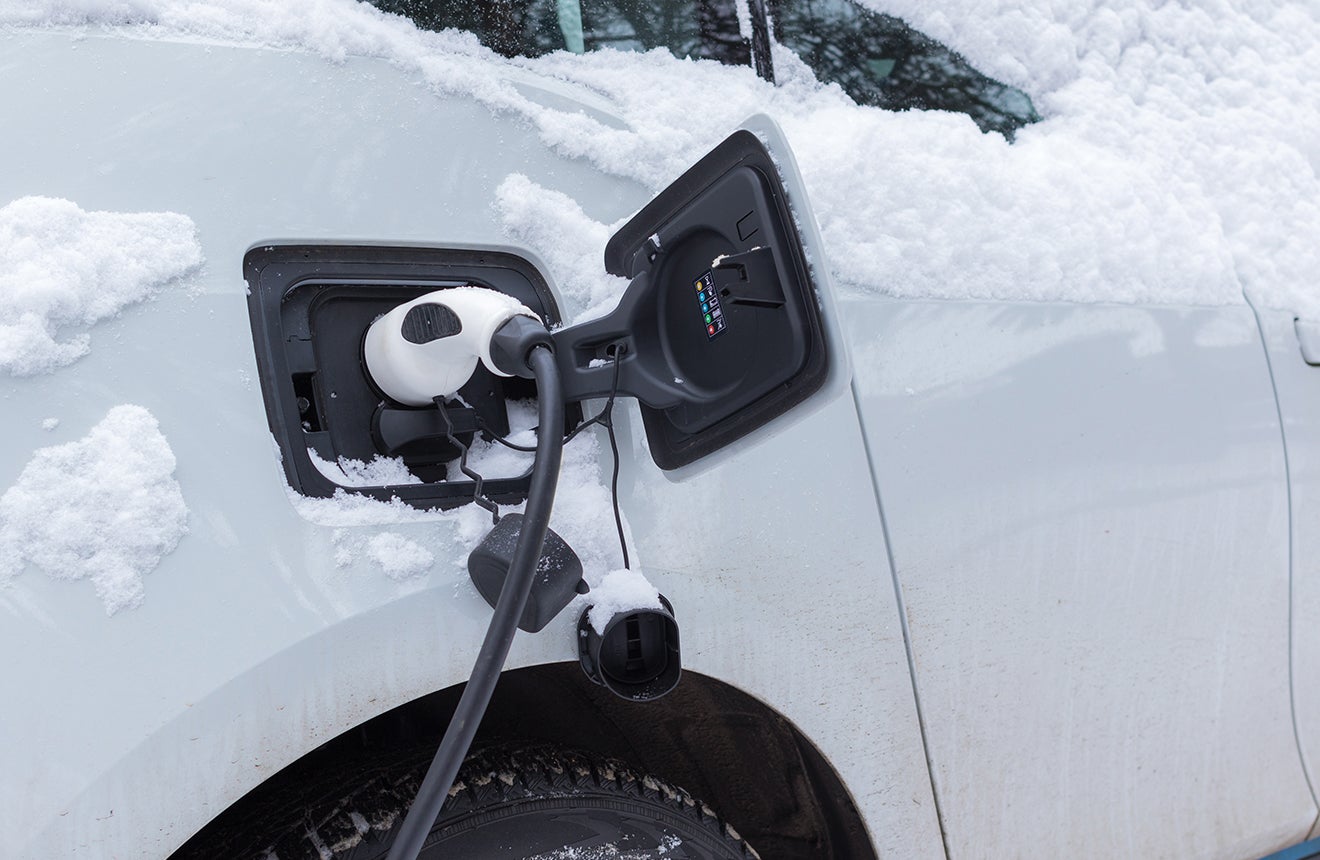
Will charging your electric vehicle leave you singin’ in the rain?
Many novice electric vehicle (EV) owners and those interested in plug-in cars wonder what will happen if they charge their electric vehicle in wet or snowy conditions. Will I get shocked? Is it dangerous? Those are good questions to ask because usually electricity and water do not mix. Normally, standing on a wet surface and plugging something in is a bad idea.
However, using your EV charging equipment is usually safe to do in wet conditions. The Society of Automotive Engineers (SAE) designed and rigorously tested EV charging equipment to ensure safe charging in almost any weather conditions (we don’t advise it during a flood, for example).
The car’s electrical system is engineered to resist rain and water intrusion, as well as dust particles, all of which could damage it. Reputable charging equipment systems should be engineered with the same precautions. After all, if they weren’t, EV enthusiasts could only charge their vehicles on a nice day – and we know North Dakota weather isn’t always pleasant.
That being said, there are some general charging station precautions to keep in mind. Safe Electricity and Cass County Electric point out these EV charging safety tips:
1. All components of a charging station should be in good working order. Look closely for signs of vandalism or disrepair.
2. Although it sounds obvious, never use an EV charger if it’s off its base or otherwise damaged, which could be caused by a natural disaster, major construction mishap, or other type of accident.
3. If you are considering having a Level 2 charging station installed at home, make sure it’s certified by a reputable and independent testing laboratory (or purchased from the car manufacturer) and professionally installed. (See page 8 for the different charging levels) Level 1 charging
requires a regular outlet. Level 2 equipment requires a 240v outlet.
4. Always follow the manufacturer’s directions when charging your vehicle.
5. Place charging components up and out of reach when not in use.
6. If you have an at-home unit in a carport or exposed area, make sure the outlet is covered so that water does not get inside the outlet.
For more information about electrical safety, go to CassCountyElectric.com/SafetyBlog.
If you have questions about an at-home Level 2 charging station and its energy use, contact us at 701-356-4400. Level 3 changing stations, which fully charge an EV in about an hour or less, are usually offered at public charging stations.
--
We greatly value our connection to the members we serve. Follow us on social media to stay in-the-know on the latest energy-saving tips, community outreach efforts, power outages, cooperative news, promotions, and more!
